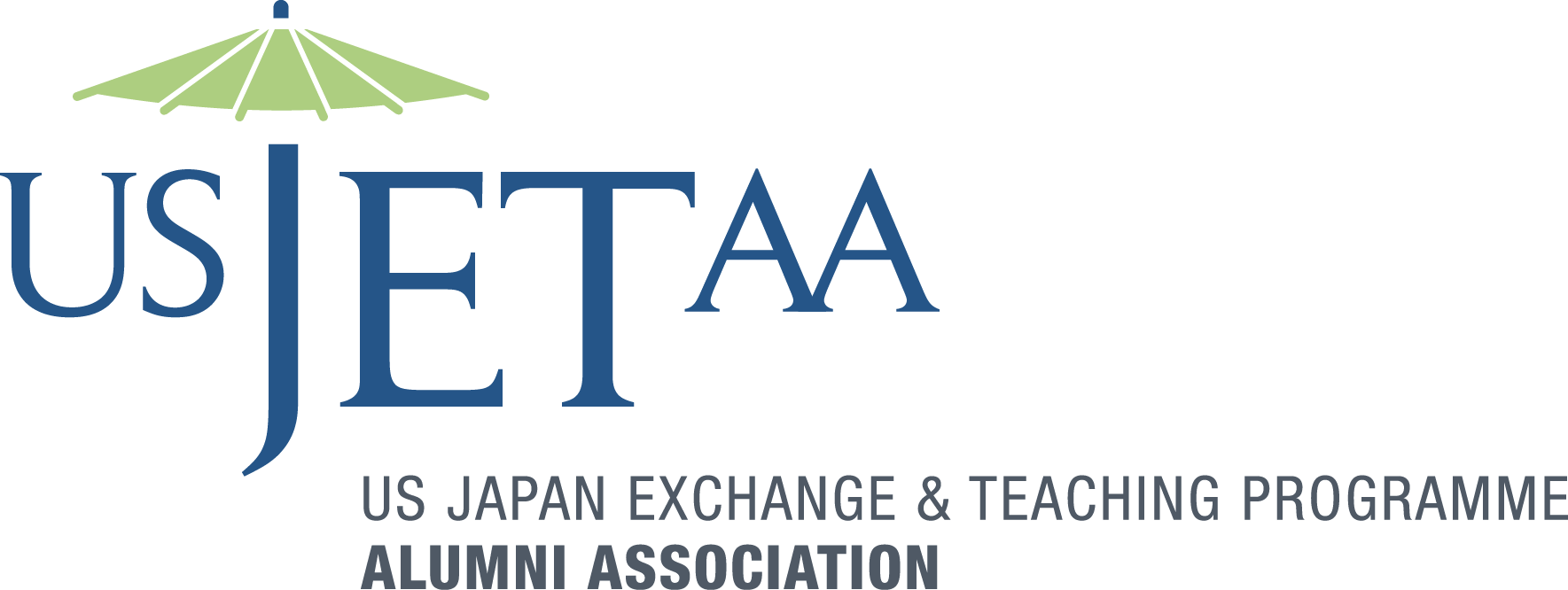Fresh out of college in Arkansas with a Bachelor of Music in Education, I was ready to traverse what to me was the new and unknown world of Japan. I didn’t know exactly what I would encounter, all I knew was that I wanted to be the best teacher I could be and learn the shakuhachi, a Japanese bamboo flute. I began lessons with my teacher in Joetsu City, Niigata, and had to learn a new notation system completely different from Western musical notation and a new tuning/scale system different from what I was trained in with pitches that don’t even exist in Western music.
Despite the difficulties I faced with the instrument, I am eternally grateful that I picked it up shortly after I arrived in Japan. The instrument taught me so much about both Japanese music and Japanese culture in general that helped me navigate my way through my everyday challenges. First and foremost, the forced immersion in the language helped me pick up Japanese faster than I could have ever imagined. The difficulty and subtleties in playing taught me about Japanese concepts of gaman (to persevere, often through self-denial) and ganbaru (to persist and do one’s best) as well as wabi sabi (finding beauty in imperfections/transience). Japanese musical concepts like ma—how silence is just as important as the notes that produce sound—helped me understand the way in which many of my teachers and students communicate. The shakuhachi also helped me connect with my students and teachers. It not only gave me a topic to talk about, it also motivated my students because they saw that I had an interest in their culture. On occasion, I even gave a short class on the shakuhachi to some of my elementary school students. Seeing their excitement and the look in their eyes during these lessons are some of my most memorable moments.
Studying shakuhachi in Japan piqued my curiosity of not just Japanese music but also of the musics of the world. This curiosity inspired me to come to the University of Hawai‘i to study ethnomusicology with a focus on Japanese music. My experience with the shakuhachi has grown my roots to Japan through relationships with performers and teachers and has immediately opened doors for me in my new location in Hawai‘i, particularly since Japanese music has a large presence on the islands. I am frequently able to connect with the community through performances and education programs — often with the East-West Center. Not just in Hawai‘i, Japanese music has recently become very popular throughout the United States. Despite being a vast and varied country, through shared background and interests, it is easy to make connections with the fellow players, sometimes hundreds of miles away. No matter where I or any of these musicians go the shakuhachi and Japanese music can create new relationships between the United States and Japan, because while music is not a universal language, it is a universal phenomenon that is appreciated the world around.
Travis Shaver, is a 2016-2018 Niigata JET alumnus.
This article is part of a guest-contributor partnership between the East-West Center in Washington and the United States Japan Exchange & Teaching Programme Alumni Association (USJETAA) in which former JET participants contribute articles relating to their experiences in Japan.
The USJETAA is a 501(c)(3) nonprofit educational and cultural organization that promotes grassroots friendship and understanding between the United States and Japan through the personal and professional experiences of over 30,000 Americans who have participated on the JET Programme since its inception in 1987. USJETAA serves as a resource for individual JET alumni, JETAA chapters nationwide, and potential JET participants; supports the leadership of JETAA chapters with programming, membership recruitment, chapter management, leadership, professional development, and fundraising; and, supports the JET Program(me) and engages with the U.S.-Japan community.
